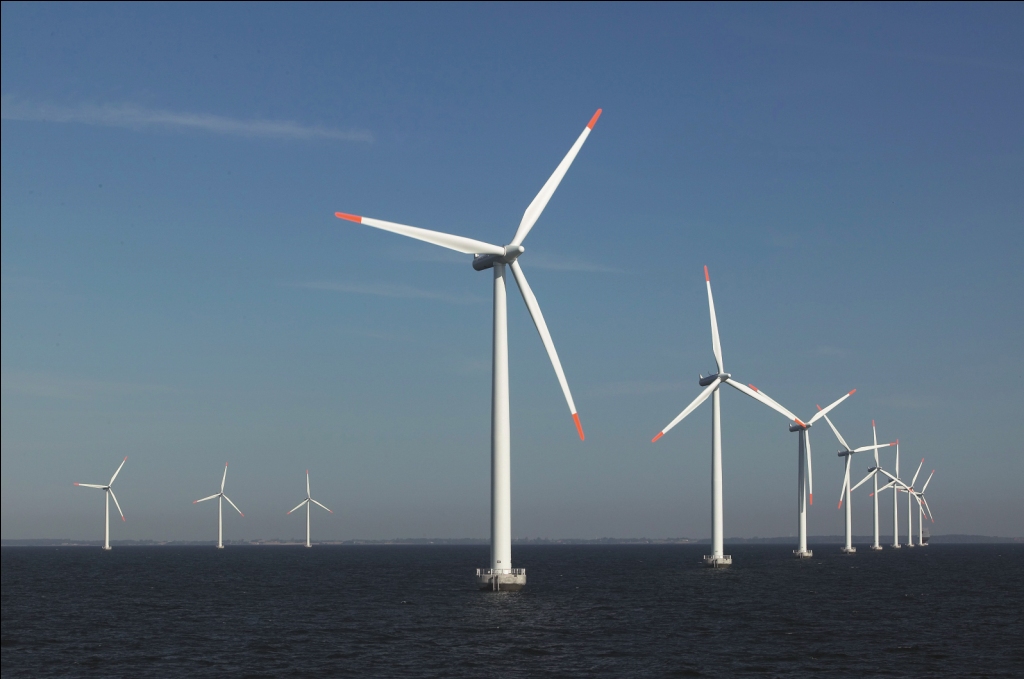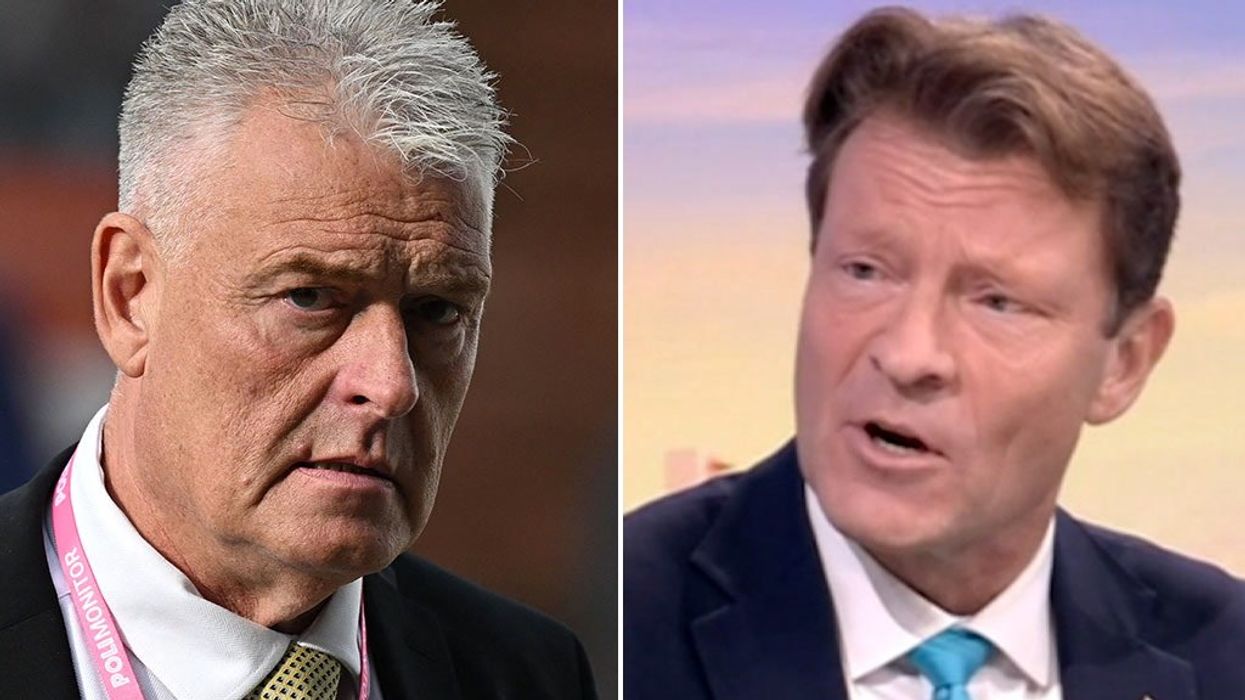Are Expensive Offshore Wind Farms Becoming Unsustainable?

Table of Contents
Soaring Capital Expenditure and Development Challenges
The sheer scale of offshore wind farm development presents significant financial hurdles. The high initial investment required is a primary driver of concern regarding the sustainability of these projects.
High Initial Investment Costs
The upfront capital expenditure for offshore wind farms is staggering. Costs encompass a multitude of elements:
- Turbine Costs: These massive turbines represent a significant portion of the overall budget, with costs varying based on capacity and technological advancements.
- Foundation Installation: Constructing robust foundations capable of withstanding harsh marine environments is incredibly expensive and complex. This includes considerations for monopiles, jackets, and floating platforms.
- Subsea Cable Laying: Connecting the turbines to the onshore grid requires laying extensive subsea cables, a costly and technically demanding process.
- Grid Connection: Integrating the vast amounts of power generated by offshore wind farms into existing grids necessitates significant upgrades and expansions, adding substantial cost.
- Permitting and Regulatory Costs: Navigating the regulatory landscape and obtaining necessary permits adds another layer of expense and complexity.
Estimates frequently cite costs exceeding $5 million per megawatt (MW), significantly higher than onshore wind projects. This disparity in cost per MW highlights a crucial sustainability challenge.
Complex Engineering and Logistics
The technical challenges inherent in offshore wind farm construction further inflate costs.
- Harsh Marine Environments: Working in unpredictable and often severe weather conditions significantly increases construction time and costs.
- Specialized Equipment: Specialized vessels, heavy-lift cranes, and underwater robotics are necessary, adding to the already high capital expenditure.
- Skilled Labor Shortages: The specialized skills required for design, construction, and maintenance create a demand for skilled labor that can drive up wages and potentially lead to project delays.
These complexities inevitably lead to delays and cost overruns, putting pressure on project budgets and long-term sustainability.
Supply Chain Bottlenecks and Inflationary Pressures
Recent global events have exposed vulnerabilities in the supply chains essential for offshore wind farm construction, exacerbating cost pressures.
Material Shortages and Price Volatility
Supply chain disruptions have affected the availability and prices of critical materials:
- Steel: A key component in turbine construction and foundation structures, steel prices have experienced significant volatility due to global demand and geopolitical factors.
- Rare Earth Minerals: Used in turbine generators, the supply of these minerals is often constrained, leading to price hikes.
- Specialized Components: Certain components for turbines and other equipment may have limited suppliers, creating bottlenecks and price fluctuations.
These shortages and price swings directly impact the overall cost of offshore wind projects, hindering their economic viability.
Inflation and Rising Interest Rates
Macroeconomic factors play a significant role in project feasibility:
- Inflation: Rising inflation increases the cost of materials, labor, and other project inputs, making it more expensive to build and operate offshore wind farms.
- Rising Interest Rates: Higher interest rates make securing project financing more challenging and increase the overall cost of borrowing, impacting the return on investment for developers.
These inflationary pressures and the increase in borrowing costs further strain the financial sustainability of expensive offshore wind farms.
Environmental Concerns and Permitting Delays
The environmental impact and regulatory hurdles associated with offshore wind farm development also contribute to escalating costs.
Marine Ecosystem Impacts
The construction and operation of offshore wind farms can potentially impact the marine environment:
- Marine Life: Noise pollution from construction activities and the presence of turbines can disrupt marine mammal behavior and fish migration patterns.
- Bird Populations: Collisions with turbine blades pose a risk to certain bird species.
- Seabed Habitats: Foundation installation can disturb seabed habitats, potentially affecting benthic communities.
Environmental impact assessments (EIAs) and mitigation strategies are necessary, adding to the project costs and timelines.
Lengthy Permitting Processes
The lengthy permitting processes add to the challenges and delays:
- Regulatory Frameworks: Navigating complex environmental regulations and obtaining necessary permits from various agencies can take years.
- Stakeholder Consultations: Extensive stakeholder consultations with local communities, environmental groups, and other parties are required, often leading to delays.
These bureaucratic complexities and delays increase project costs and jeopardize the timely delivery of renewable energy.
Grid Infrastructure Limitations and Transmission Costs
Connecting offshore wind farms to the mainland grid presents substantial engineering and economic challenges.
Connecting Offshore Farms to the Grid
The transmission infrastructure required is substantial and costly:
- Subsea Cable Installation: Laying high-voltage subsea cables over long distances to connect offshore wind farms to onshore substations is a costly and technically complex undertaking.
- Onshore Substation Development: Onshore substations must be upgraded or built to handle the influx of power from offshore wind farms.
- Grid Integration Complexities: Integrating large amounts of intermittent renewable energy into existing grids requires sophisticated grid management systems.
These infrastructural upgrades are capital-intensive and contribute significantly to the overall cost.
Transmission Losses and Efficiency
Energy losses during transmission are unavoidable:
- Technological Solutions: Technological advancements, such as high-voltage direct current (HVDC) transmission, can help minimize these losses.
- Optimization Strategies: Optimizing the design and operation of transmission networks can also improve efficiency.
- Smart Grids: Smart grids equipped with advanced sensors and control systems can help manage and minimize transmission losses.
Conclusion: Re-evaluating the Sustainability of Expensive Offshore Wind Farms
The challenges facing the offshore wind industry are multifaceted. High capital expenditure, complex engineering and logistics, supply chain vulnerabilities, environmental concerns, permitting delays, and grid integration complexities all contribute to the escalating costs of expensive offshore wind farms. However, the vital role of offshore wind energy in the global transition to renewable energy cannot be overstated. A balanced perspective is essential: we must acknowledge the necessity of offshore wind while simultaneously addressing its inherent cost and sustainability challenges.
Further research, technological advancements, and policy reforms are crucial to ensure the long-term sustainability and affordability of expensive offshore wind farms. Innovative solutions, such as improved turbine designs, streamlined permitting processes, and advancements in grid infrastructure, are needed to make offshore wind a truly viable and cost-effective component of a green energy future. A concerted effort to reduce the financial burdens and environmental impact of offshore wind farm development is paramount for a sustainable energy transition.

Featured Posts
-
 The High Price Of Offshore Wind A Shift In Industry Sentiment
May 03, 2025
The High Price Of Offshore Wind A Shift In Industry Sentiment
May 03, 2025 -
 Endonezya Ve Tuerkiye Nin Ekonomik Ve Stratejik Ortakligi Imzalanan Anlasmalar
May 03, 2025
Endonezya Ve Tuerkiye Nin Ekonomik Ve Stratejik Ortakligi Imzalanan Anlasmalar
May 03, 2025 -
 Fortnite Item Shop Restocks Popular Skins Return After A Decade
May 03, 2025
Fortnite Item Shop Restocks Popular Skins Return After A Decade
May 03, 2025 -
 Discover This Country Your Ultimate Travel Planning Resource
May 03, 2025
Discover This Country Your Ultimate Travel Planning Resource
May 03, 2025 -
 Lee Anderson Welcomes Councillors Defection To Reform
May 03, 2025
Lee Anderson Welcomes Councillors Defection To Reform
May 03, 2025
